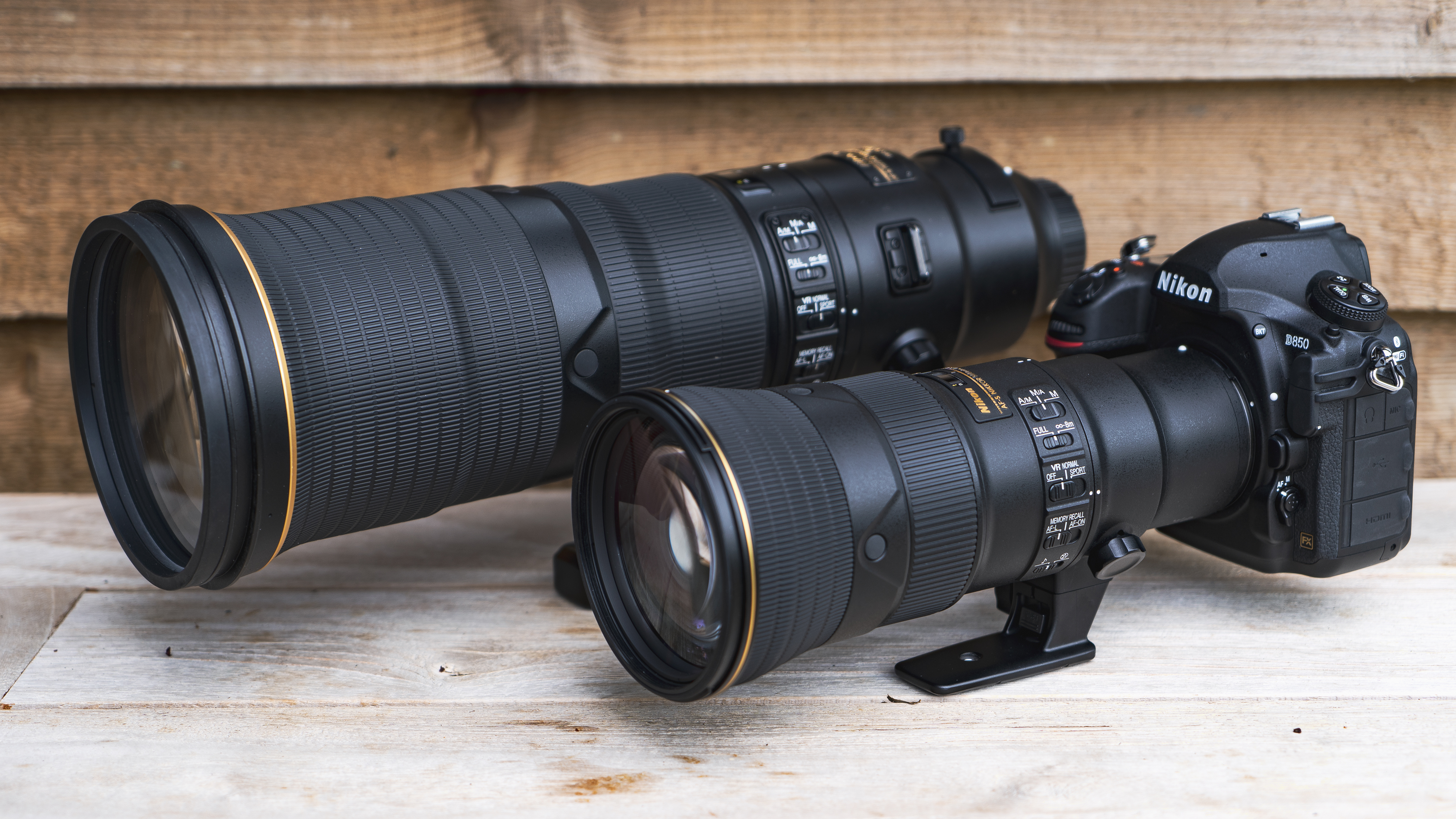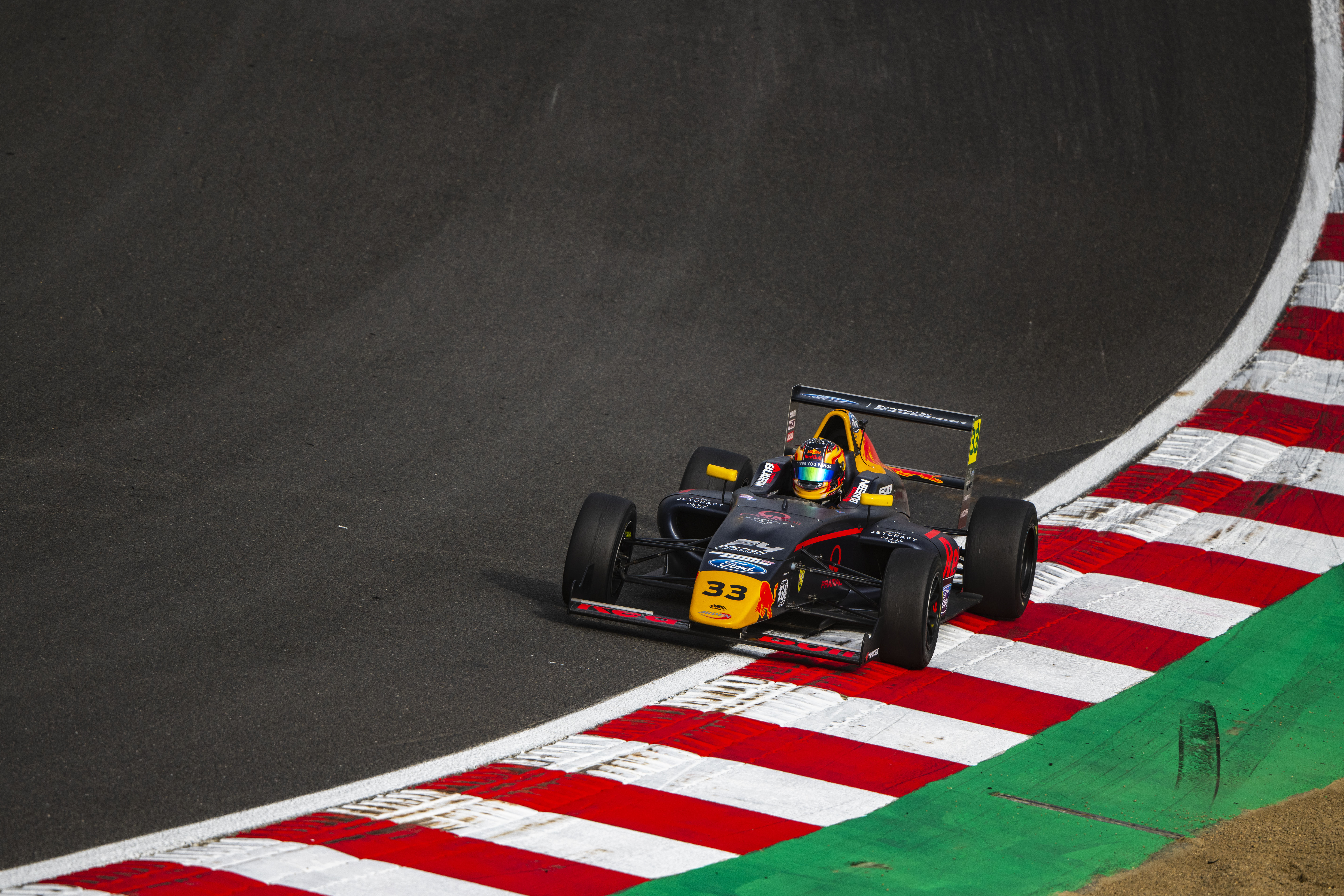TechRadar Verdict
The compact design that Nikon has managed to engineer for this lens is really impressive, but perhaps equally as impressive is the fact that image quality hasn't been compromised. The AF-S 500mm f/5.6E PF ED VR is a fantastic lens to have in your camera bag.
Pros
- +
Lightweight and compact design
- +
Excellent optical performance
- +
Fast and quiet focusing
- +
Great handling
Cons
- -
Carbon lens hood would be nice
- -
Not much else
Why you can trust TechRadar
Long-focal-length prime telephoto lenses are typically big and bulky affairs, with the optics demanding large pieces of glass. This in turn usually means you'll be restricted to using them on a monopod, as they're just too heavy to hand-hold, while you'll often see photographers lugging such lenses over their shoulders, as they're a pain to transport.
They're not cheap either, so why go to all that effort? It's because, ultimately, these lenses deliver stunning image quality with fast maximum apertures, especially if you're earning a living from taking pictures.
But what if you could get a lens that's less than half the weight – and price – of one of these monster telephotos, and all you had to sacrifice was a stop difference in the maximum aperture available? Step forward the Nikon AF-S 500mm f/5.6E PF ED VR.
Features
- Phase Fresnel (PF) lens element
- 4-stop Vibration Reduction (VR) system
- Electromagnetic diaphragm
The AF-S 500mm f/5.6E PF ED is considerably smaller and lighter than Nikon's pricier AF-S 500mm f/4E FL ED VR, weighing in at just 1,460g, compared to 3,090g, and measuring 237mm in length, compared to 387mm. Nikon has managed to achieve this reduction in bulk by using a Phase Fresnel (PF) lens element.
Focal length: 500mm
Mount: Nikon F
Filter size: 95mm
Max aperture: f/5.6
Minimum focus distance: 3.0m
Dimensions: 106 x 237mm
Weight: 1460g
What's so special about the Phase Fresnel (PF) element? Developed by Nikon, it effectively compensates for chromatic aberration utilizing the photo diffraction phenomenon. Compared to typical lenses, which employ an optical system using the photorefractive phenomenon, this allows lens designers to create lenses with fewer elements.
We first saw this lens technology element in the AF-S 300mm f/4E PF ED VR lens back in 2015. Weighing in at 755g, that optic was incredibly small and lightweight considering its focal length.
The inclusion of a Phase Fresnel lens element in the AF-S 500mm f/5.6E PF ED V means its optical path is pretty streamlined for a telephoto prime, with 19 elements in 11 groups, which includes three extra-low dispersion (ED) elements to keep chromatic aberration in check. The front element also has a fluorine coating to repel water, dust and dirt.
Sign up for breaking news, reviews, opinion, top tech deals, and more.
The lens features an electromagnetic diaphragm (hence the 'E' designation) that’s designed to provide highly accurate control of the lens’s rounded nine aperture blades, to ensure more consistent exposures during continuous shooting.




Build quality and handling
- Easy to shoot with handheld
- Sport VR mode delivers stable viewfinder image
- Focusing is fast and swift
As you'd expect, build quality is very good, with a decent-sized rubberized manual focus ring, while the lens balances really nicely on the Nikon D850 we tested it with. There's a detachable tripod collar, but we found the lens was so light that we could shoot with it in a similar way to how we would with a 70-200mm f/2.8, thanks to the similar weight – that's something that just isn't possible with the much larger f/4 version of the lens.
The AF-S 500mm f/5.6E PF ED VR's 4-stop image stabilization system works well – the lens sports a dedicated VR switch on the side of the barrel with settings for Off, Normal and Sport modes, the latter of which is designed to deliver a stable viewfinder image when shooting high-speed movement.
When used on the D850, focusing was both fast and quiet, while there's also a useful Memory Recall function that lets you store a focus distance for repeated use. The minimum focus distance is also good at 3m – better than the f/4's 3.6m.
There's really not much to dislike here, but if we were being really picky we'd have liked to have seen a carbon lens hood supplied, rather than a more typical plastic bayonet design.
Performance
- Great sharpness and contrast
- Vignetting well controlled
- Hard to see signs of flare and fringing
It's no good having a lightweight lens if the optics don't deliver the goods, and the AF-S 500mm f/5.6E PF ED VR impresses here as well. Sharpness and contrast are very good even with the lens wide open at f/5.6, while vignetting is well controlled throughout the aperture range.
The lens might 'only' have a maximum aperture of f/5.6, but it's possible to get some really nice de-focused backgrounds in images when shooting wide open. Flare was also kept well in check, while we struggled to find any signs of chromatic aberration. A top-notch performance all round.

Click here to see the full-size image

Click here to see the full-size image

Click here to see the full-size image

Click here to see the full-size image

Click here to see the full-size image

Click here to see the full-size image

Click here to see the full-size image
Verdict
The compact design Nikon has managed to engineer for the AF-S 500mm f/5.6E PF ED VR is really impressive, but perhaps equally as impressive is the fact that image quality hasn't been compromised.
The extra stop of light afforded by the AF-S 500mm f/4E FL ED VR will appeal to some, but if you're shooting with one of Nikon's latest full-frame DSLRs, cranking up the ISO by a stop to achieve the same shutter speed with the AF-S 500mm f/5.6E PF ED VR isn't that big of a deal.
Factor in the handling advantages, and if you shoot wildlife, nature or sports on a Nikon DSLR, the AF-S 500mm f/5.6E PF ED VR is a fantastic lens to have in your camera bag.

Phil Hall is an experienced writer and editor having worked on some of the largest photography magazines in the UK, and now edit the photography channel of TechRadar, the UK's biggest tech website and one of the largest in the world. He has also worked on numerous commercial projects, including working with manufacturers like Nikon and Fujifilm on bespoke printed and online camera guides, as well as writing technique blogs and copy for the John Lewis Technology guide.
